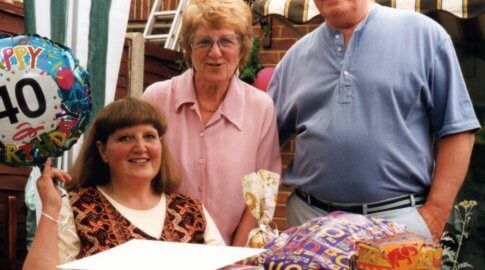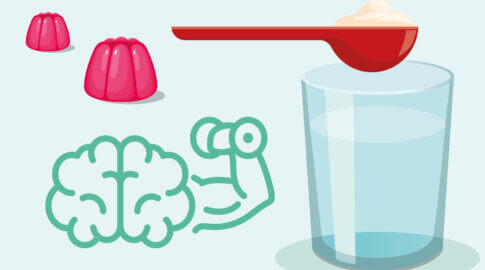Move more with PH
Many research studies have pointed towards the benefits of physical activity for patients with PH. Charlotte Goldthorpe takes a closer look.
We all know that moving more is good for our general health and wellbeing, and now physical activity is becoming increasingly recognised as a self-management technique to help people manage the symptoms of PH.
When conducted under specialist supervision, moderate and regular exercise in pulmonary hypertension is both safe and beneficial. It’s even thought that patients with severe PH can see improvement from exercise because toned muscles use oxygen more efficiently than flaccid muscles.
At the PHA UK patient conference earlier this year, Professor Paul Corris, Director of Cardiopulmonary Transplantation and the Northern Pulmonary Vascular Unit in Newcastle, described how exercise training has become an increasing focus for clinicians as a supportive treatment for PH. He said:
There has been a huge change in the way at which we look at exercise and PH. Although we need to be cautious and ensure patients warm up and don’t undertake sudden severe exertion, we now encourage exercise because it is good to improve muscle function in PH and some patients will even benefit from exercise training programmes.
“There is currently an interesting research exercise programme being led out of The Scottish Pulmonary Vascular Unit in Glasgow, inspired by a pioneering programme in Germany, which is trying to quantify how much added health gain there is for patients who exercise. Trials are really the lifeblood for us going forward in terms of improving what we can do for you.
Dr. Luke Howard, Consultant Respiratory Physician at Hammersmith Hospital, also considers exercise training as a method of treating the symptoms of PH. He said:
It’s hard to exercise when you have PH and it’s hard to keep your muscles strong when you’re undergoing medical therapy. However, research has shown that on average people who go into exercise studies improve their six-minute walking distance by 72 metres – that’s nearly double the effect of any drug. In other words, exercise, which is cheaper than any drug, can do more for your six-minute walk test, which is why it is so important.
“Physical functioning, general health, mental health and emotional wellbeing all tend to improve through exercise training which contributes to a better quality of life for patients.
The benefits of exercise are not just physical – it can also have a positive impact on your mental health. According to The Royal College of Psychiatrists, exercise affects dopamine and serotonin levels in the brain, which affects your mood and thinking.
For some people, moving more can help relieve symptoms of depression and anxiety in ways that medication and talking therapies cannot. In fact, according to NHS Choices, ‘if exercise were a pill, it would be one of the most cost-effective drugs ever invented.’
PH patient Joseph Short was advised by his consultant to take part in low impact exercise, having struggled with physical activity for 11 years. After kayaking until his mid-forties, he contacted his local canoe and kayak club and under Paddle-Ability, a scheme designed to help people with disabilities, they accepted him as a member. He said:
Kayaking has helped build up my cardio and respiratory functions and cardiac tests show positive results. It hasn’t been an easy road but the last two years I’ve concentrated on something other than my PH and approaching 63 I feel alive again.
Anne Danks, who has been living with PH for four years, said:
I was initially warned not to do serious exercise, but due to my improved symptoms I now visit the gym most mornings and do an hour on the stepper. It’s very good for stress management and general fitness.
Carol Keen, Clinical Specialist Physiotherapist in Pulmonary Hypertension at the Royal Hallamshire Hospital, is currently investigating the benefits of physical activity for patients with PH in a new role funded by PHA UK. She said:
We are keen to encourage our patients to become more physically active as we know that it can benefit them. In the past, it’s only been patients admitted to the ward who have seen physiotherapists, and getting more active might not be their priority at that time.
“As well as talking to patients and seeing how they can build more activity into their lives, we are looking at referring more of our patients into exercise services local to them, including pulmonary rehabilitation classes. It’s early days yet, but we are keeping a track of how our patients get on to see if it makes a difference to them.
“My advice is that during exercise you should be a little bit out of breath, but still able to hold a conversation, and to stop if you feel dizzy or experience chest pain.
















